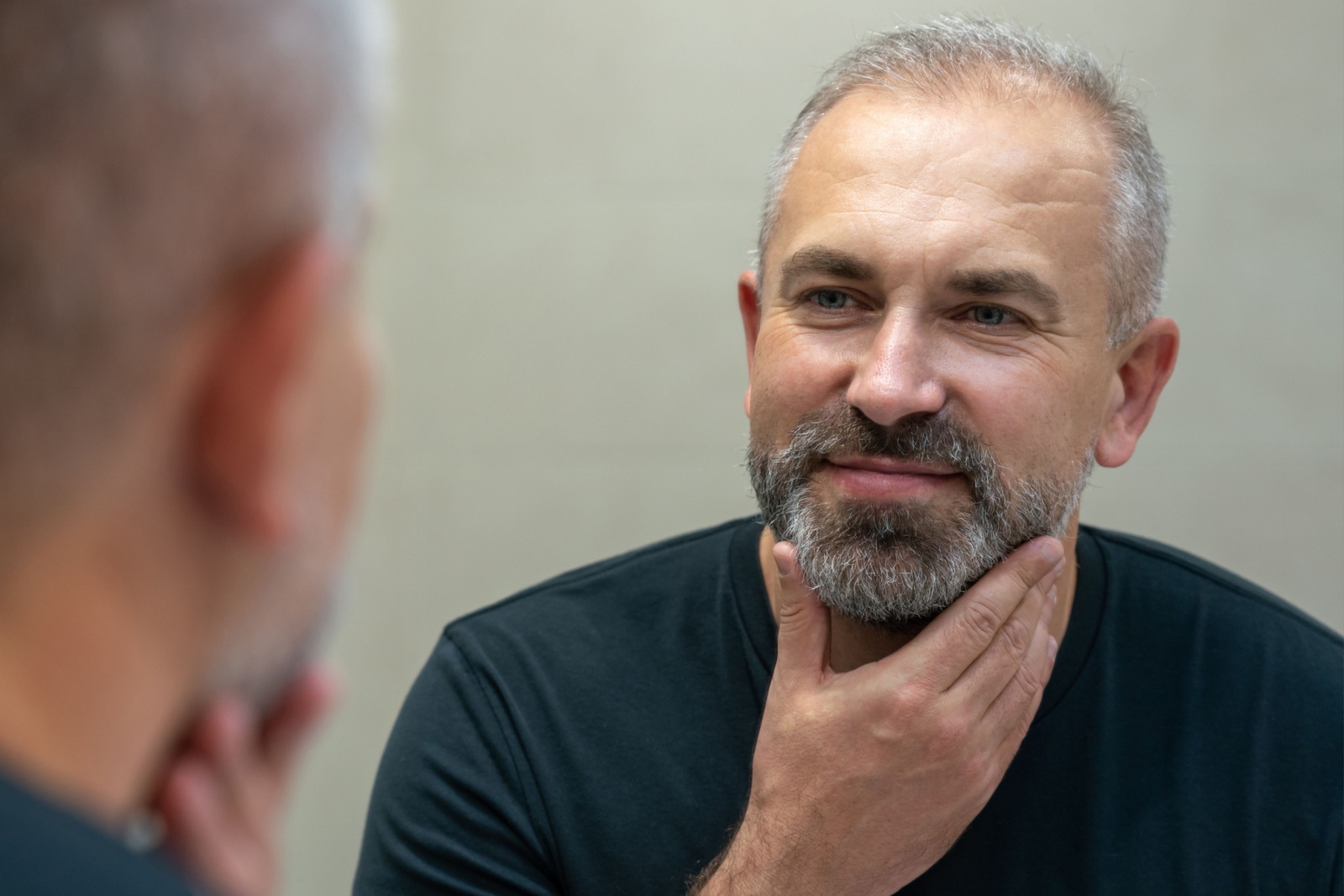Magazine
What Causes Beard Dandruff & How To Avoid It
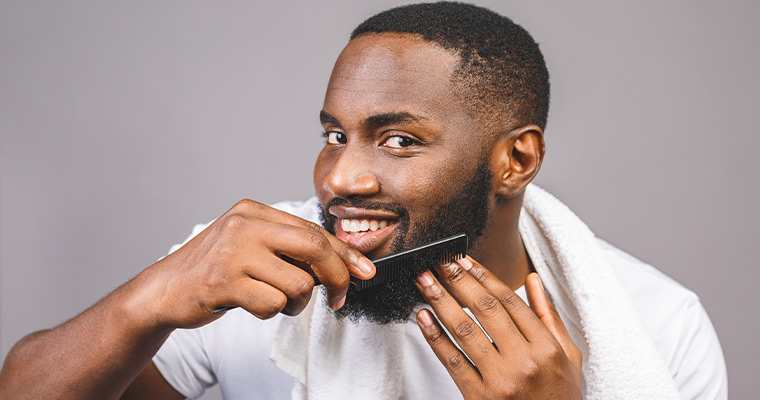
Beard dandruff is just like dandruff that develops on your scalp — dry, flaky, and unattractive. You don’t shave your hair off when you see bits of dandruff on your scalp, so why should you have to shave off your beard when you develop beard dandruff?
There are ways to both treat and prevent beard dandruff. Today, Particle will be explaining what causes beard dandruff and how you can avoid it.
What Is Beard Dandruff?
Most commonly, beard dandruff is caused by seborrheic dermatitis. Seborrheic dermatitis is a rash that can cause redness, greasiness, and scaling of the skin. It can develop anywhere on your skin that has oil glands, but it often affects the scalp.
Symptoms of beard dandruff include:
- Itching
- Burning
- Redness
- Swelling
- Flaking
- Cracking
Men between 30 and 60 are most at risk of getting beard dandruff. For men of color, symptoms may look a little different. Rather than noticing the redness of the skin, the affected area may be affected by hypopigmentation, meaning that it lightens.
While the exact cause is unknown, it is believed that an overgrowth of yeast, a higher amount of lipids, and higher levels of the hormone androgen are all believed to play a role in its development. Health issues like a weak immune system, a diet lacking necessary nutrition, and certain medications can raise your risk of getting beard dandruff.
Your seborrheic dermatitis can be triggered or exacerbated by cold weather, a lack of humidity, harsh chemicals in your hair and skincare products, stress, and other dry skin conditions like eczema and rosacea.
How Do I Avoid Beard Dandruff?
The main way to avoid developing beard dandruff is to moisturize your facial hair and the skin that it covers. While it is completely possible for you to rub your regular face cream into your beard, the better option is to use a high-quality face cream or beard oil.
Beard oil is specifically designed to moisturize your beard and skin, softening it and preventing flaking. Beard oil is more easily absorbed into your facial hair and the skin below than moisturizers designed exclusively for the skin. Consistently using beard oil will ensure that your skin and hair stay healthy.
Apply your moisturizer every morning and every night after cleansing your face, so your hair follicles are still open. In areas not covered in hair, it is important that you still apply quality face cream. We suggest using Particle Face Cream.
Our 6-in-1 anti-aging face cream uses cutting-edge technology and high-grade ingredients to reduce the appearance of wrinkles, eye bags, dark spots, soothe shaved skin, and moisturize and nourish your skin.
For facial hair upkeep, apply beard oil. To avoid irritation, use between three to four drops of oil to spread throughout your beard. You can massage the oil into your facial hair with your hands or use a comb.
While both methods are sufficient, a comb may be a superior option for applying the product evenly on those with thicker or lengthier facial hair.
We recommend using Particle Beard Oil. Our beard oil is designed to help men soften, style, and nourish their beards. Our product is made of a unique blend of 100 percent natural oils, each providing its own benefits.
For example, Avocado oil promotes a fuller beard and soothes your skin. Apricot oil softens beard hair and moisturizes the skin below it; the hemp oil adds shine and moisture to your beard and strengthens your beard hair. Castor oil encourages facial hair growth and strengthens hair roots.
All in all, Particle Beard Oil is a quick ticket to maximum hydration and shine and protection against itching and flaking. Even better, our beard oil doubles as a styling agent that can help you to look healthy and well-groomed.
Other Beard Care Tips
While moisturizing is the best line of defense for beard dandruff, there are other ways to avoid it and care for your beard’s appearance.
Washing Daily
You probably already know how important it is to wash your face twice a day, once in the morning and at night, but did you know that it is important to wash your beard daily, too?
Washing your face includes cleaning the areas of your skin that are covered by facial hair. While facial hair is great at keeping unwanted bacteria out and away from your skin, it can also accidentally trap oil, dirt, grime, and dead skin cells on your epidermis and in your hair follicles. This buildup can lead to flaking, itching, ingrown hairs, and blemishes.
This is why it is important to wash your face — and beard — every day. We suggest using Particle Face Wash to get the job done. Our cleanser is gentle enough to hydrate and revitalize your skin but strong enough to exfoliate your face and remove oil and grime beneath your facial hair.
Particle Face Wash is specifically engineered for men to remove unwanted substances, reduce skin irritation, and clean their skin and beard. The wash comprises premium ingredients that include Cinnamomum extract, which helps reduce irritation; allantoin, which heals damaged or dry skin and protects damaged cells; and aloe vera, which soothes and replenishes the skin.
Particle Face Wash is safe for men of all ages and skin types. Just rinse your face with water, pump a handful of foam onto your palms, spread it gently over your face, rinse the product off of your skin, and then pat it dry.
Exfoliating
Implementing exfoliation into your skincare routine is an easy way to keep your beard flake-free. Exfoliating is a method for cleaning your epidermis, getting rid of dirt, excess oil, and dead skin cells. There are two ways to exfoliate: chemical exfoliation and mechanical exfoliation.
Chemical exfoliation is when you use chemicals to exfoliate your skin. A chemical solution is applied to your skin to dissolve unwanted skin cells. These solutions typically include either a Beta-hydroxy, Salicylic acid, or Alpha-hydroxy acid like Glycolic acid in their formula.
Mechanical exfoliation is when you use tools to exfoliate. Tools like brushes, sponges, and gloves are used to rid your skin of dead skin cells. Mechanical exfoliation is typically considered the stronger method between the two.
While both forms of exfoliation are viable options for you, when it comes to explicitly exfoliating your facial hair, we advise that you try mechanical exfoliation to remove the dead skin cells that can cause dandruff.
Use a beard brush to get rid of dead skin and dirt. Exfoliating brushes are specifically made to safely treat your skin. For extra precaution, choose a beard brush made with soft bristles.
Use your brush to gently massage the skin beneath your beard. Brushing too hard can cause further irritation. By exfoliating, you will remove unwanted substances from your skin and distribute natural, healthy oil from your skin throughout your beard.
Even without a specially made exfoliating brush, or if exfoliation is not the right option for you, brushing your beard every day is important for supporting and maintaining the health and appearance of your facial hair.
Another benefit of brushing your beard is to train your beard. By bruising every day, you can train your beard to grow in whichever shape or direction you prefer, improving your appearance. This can make your overall grooming experience easier.
If you are currently struggling with beard dandruff, you can also use brushing to make it less noticeable. Visible pieces of dandruff that get stuck in your facial hair can be removed using your brush. For those with short beards, try using a comb.
Improve Your Diet
As previously mentioned, a poor diet is a leading trigger for beard dandruff. By including more nutrients in your diet, you can help support and maintain the health of your facial hair.
Among the vitamins and minerals that you should consider consuming more, vitamin A should be your go-to. Vitamin A is known to affect your testosterone levels. When you increase your vitamin A intake, it can positively impact your skin’s sebum production and how your facial hair grows.
You can take vitamin supplements or eat foods rich in vitamin A such as beef liver, sweet potato, spinach, broccoli, red peppers, and cod liver oil.
Zinc is also known to affect your hair’s growth positively. Zinc plays a part in maintaining hair tissue growth and contributing to repairing any pre-existing damage.
Like vitamin A, you can take zinc supplements or eat zinc-rich foods. These foods include oysters, shellfish, legumes, mushrooms, kale, and garlic.
Conclusion
Beard maintenance is essential. Beards can be alluring and attractive, but not when they have flakes of dry skin stuck within them. While seborrheic dermatitis is common, it can be avoided.
With a little self-discipline, you can uphold your beard’s health. Remember to moisturize and take time to groom your beard every day.
Sources:
Seborrheic Dermatitis and Dandruff: A Comprehensive Review | PubMed
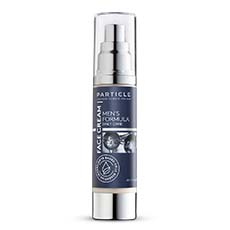
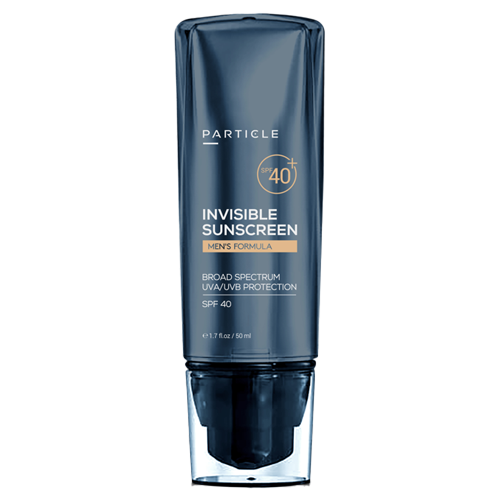
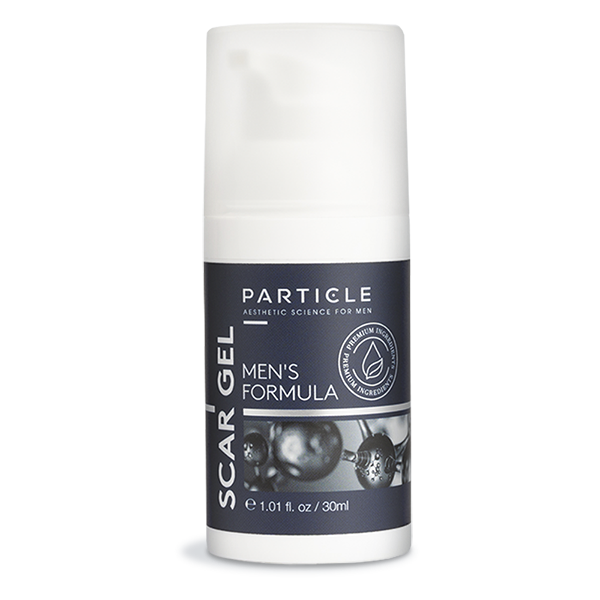
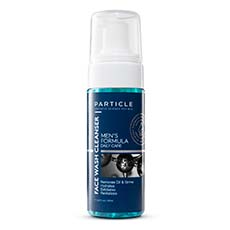
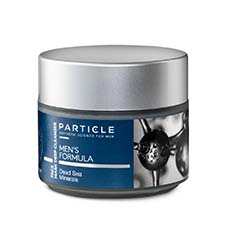
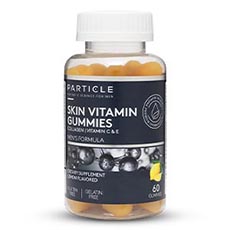
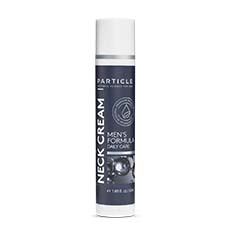
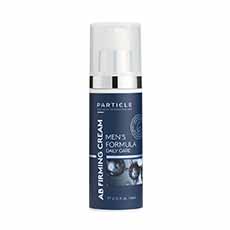

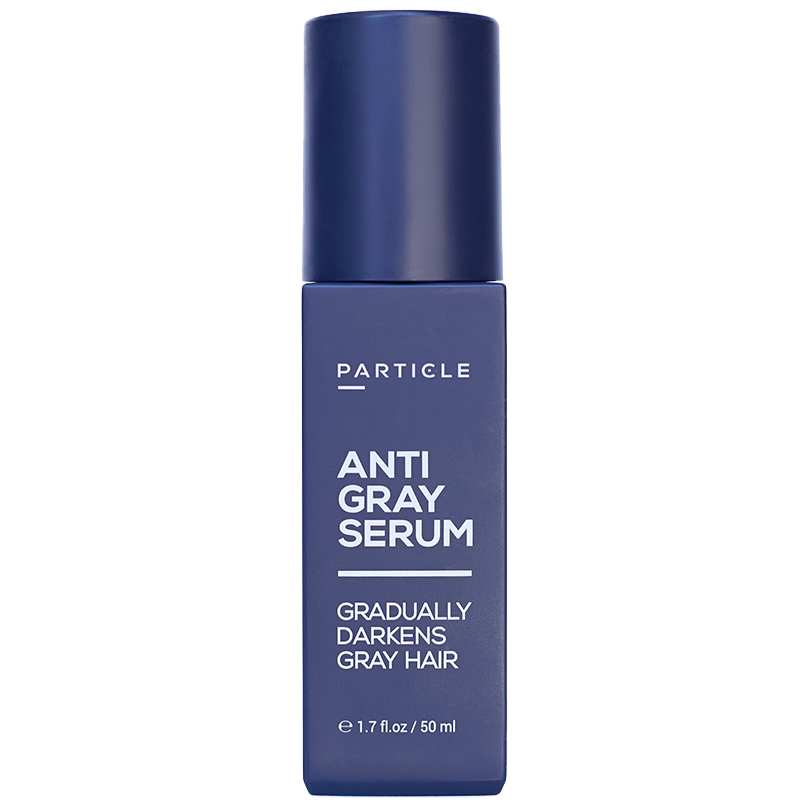
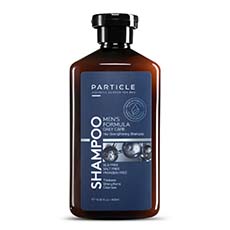
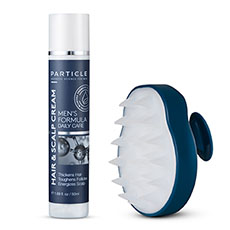
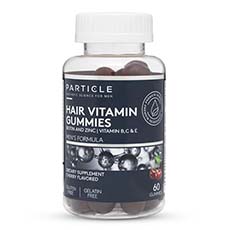
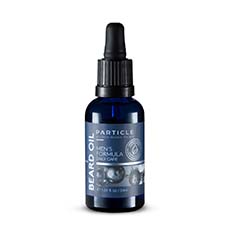
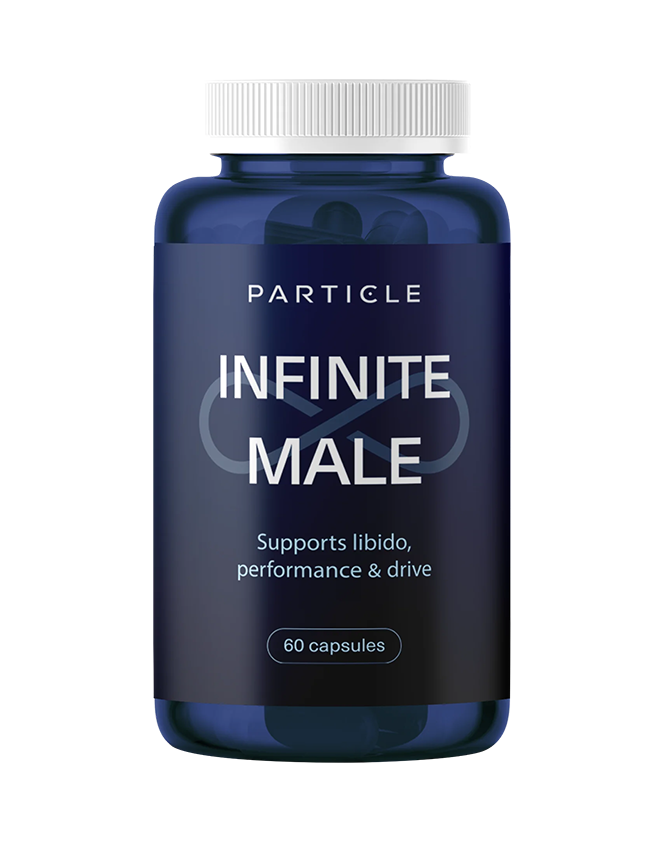
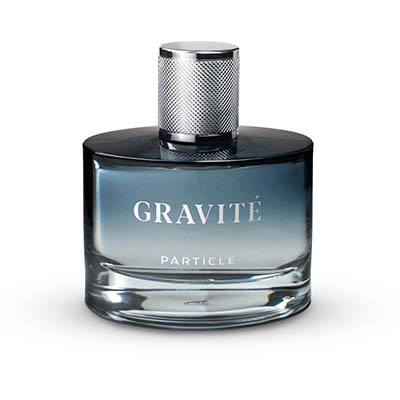

 en
en















